Century-Old Light Bulb Glows
Engineers at a General Electric facility in Ohio recently dug up a time capsule, and one of the incandescent bulbs inside quickly illuminated the enduring technology’s bright past.

The 40-watt tungsten filament light bulb was found in a 100-year-old time capsule buried at General Electric Lighting’s Nela Park headquarters in East Cleveland, Ohio. (Photo By: General Electric)
“This time capsule was meant to be unearthed when significant changes in the incandescent light bulb occurred,” said Maryrose Sylvester, president and CEO of General Electric’s lighting division.
The capsule was unearthed March 26 as the lighting industry’s emphasis shifts toward LED technology and other innovations aimed at reducing energy consumption and enhancing reliability. Hundreds of employees and retirees were on hand as the contents of the old lead box were removed.
Among the pins, photos, newspapers and pamphlets inside were five incandescent bulbs. While one showed signs of condensation and another was filled with water, three others were intact. One of them was cleaned up, screwed into a special socket and electric current was slowly transmitted through its base until it gave off a warm glow.
“We believe the bulb that we successfully tested was a 40-watt tungsten filament incandescent bulb,” David Schuellerman, a public relations program manager, told reporters.
Company records indicate that both carbon and tungsten filament bulbs were included in the time capsule.

A lead box buried March 25, 1912, at a General Electric facility contained five light bulbs and other items. (Photo By: General Electric)
The bulbs and other items have been moved to a climate- and light-controlled room near the LED laboratories at the GE Lighting Institute, located on the campus. Since 1933, more than 250,000 people, including many co-op staffers and directors, have visited the facility known for its contributions to halogen and LED technology.
The other surviving bulbs may also be tested, Schuellerman said. “We’re cleaning and examining them, using etchings on the glass and written records to determine 1912 performance metrics such as light output.”
Source: ECT






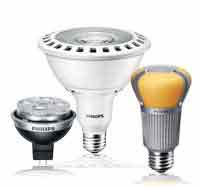
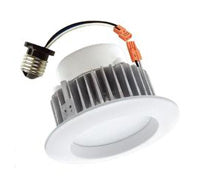

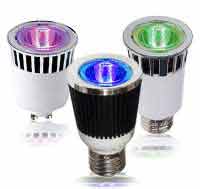


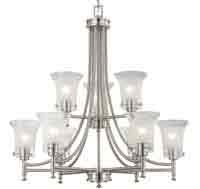
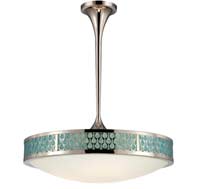




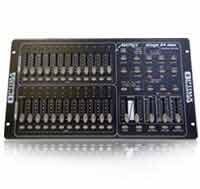






Comments